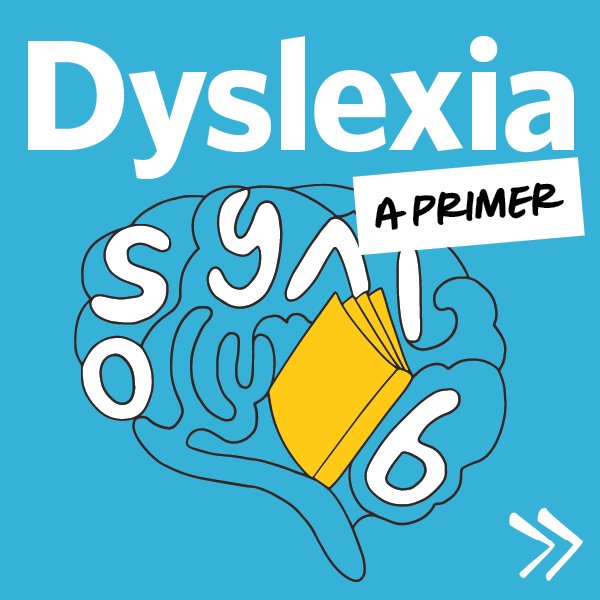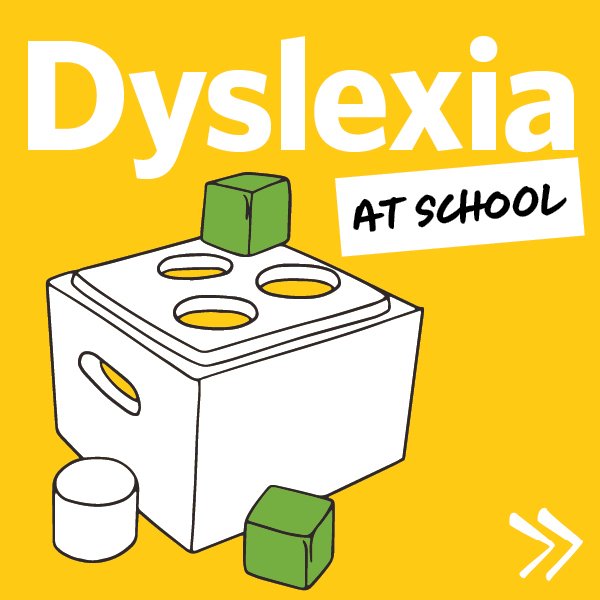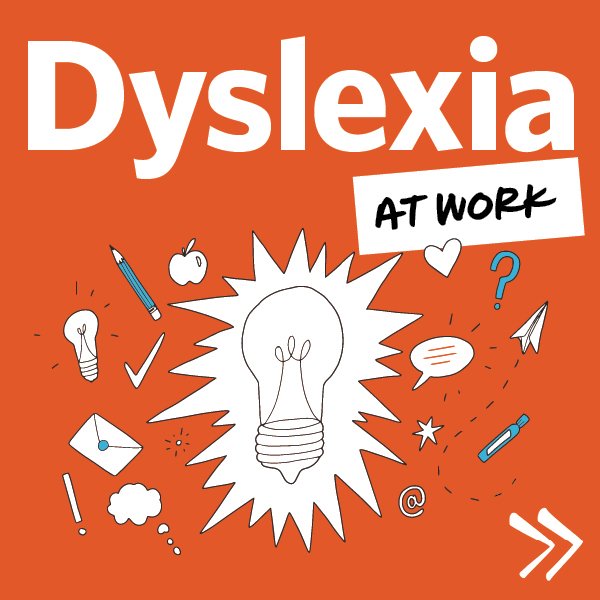- Our School
- Our Advantage
- Admission
- Elementary•Middle School
- High School
- Summer
- Giving
- Parent Resources
- For Educators
- Alumni
« Back
Strategies for Coping with Dyslexia at Home from
Dyslexia at Home
March 29th, 2023
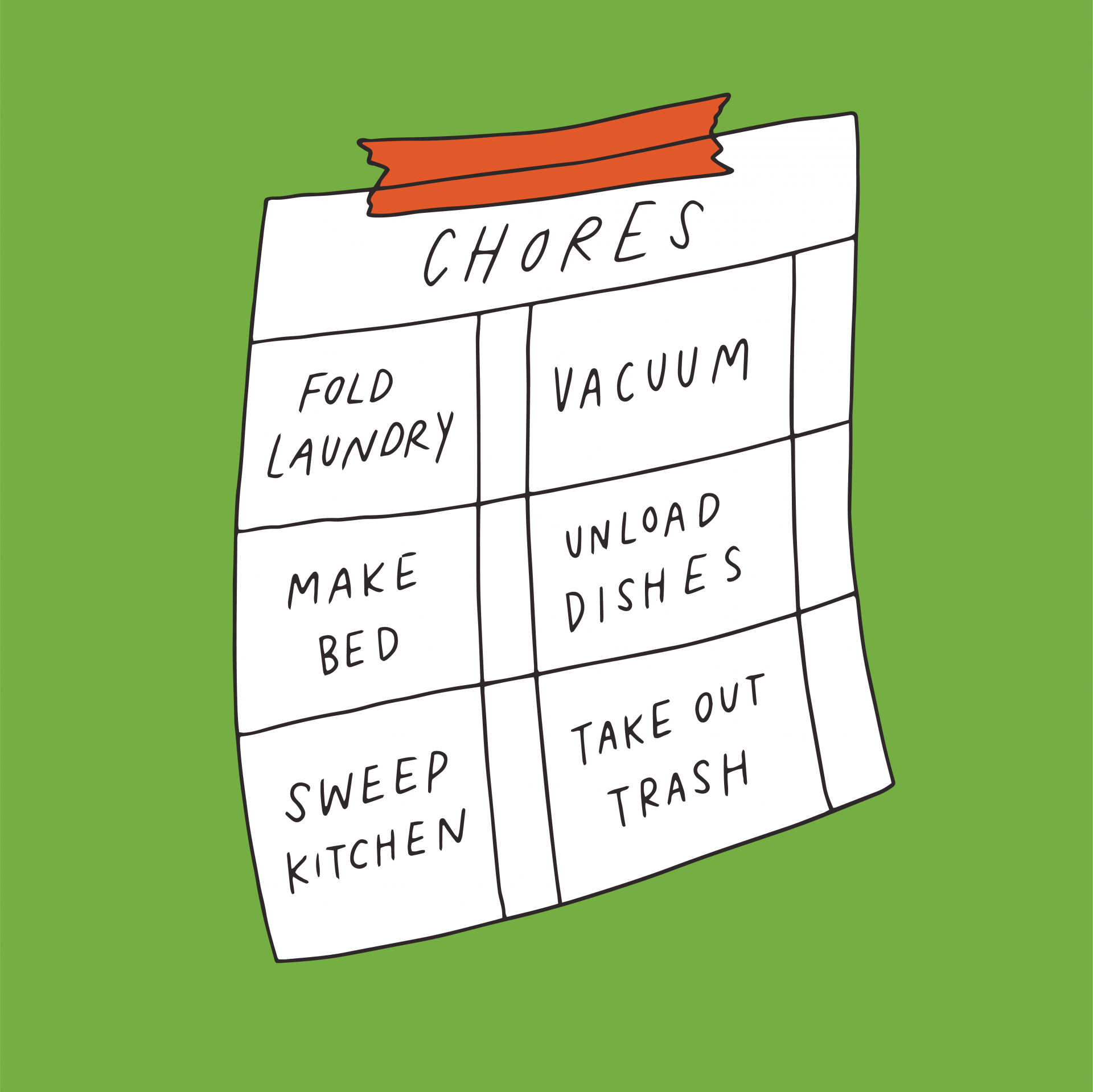
Dyslexia at Home
A supportive home life can lead to more success for students with dyslexia and can foster strong relationships and increased confidence.
by Chrissy Kenney
Managing your child’s learning disability at home may at times feel frustrating. It can be hard to understand why certain everyday skills are challenging for someone with dyslexia or another language-based learning disability (LBLD). But for all people, regardless of learning styles or challenges, the way we interact with the world, process information, interpret social cues, and problem solve—extends beyond the classroom to who we are at home, with friends and family, and elsewhere. It makes us who we are.
We’ve compiled some helpful tips with strategies that might make accomplishing certain tasks at home and in social relationships more successful.
Tackling Homework
- Work with your child to break assignments into smaller, digestible chunks.
- Together create a motivating chart to track progress to goal.
- Reward successful effort of homework with a fun activity (i.e., outdoor time, family game night, a visit to a local attraction or friend’s house).

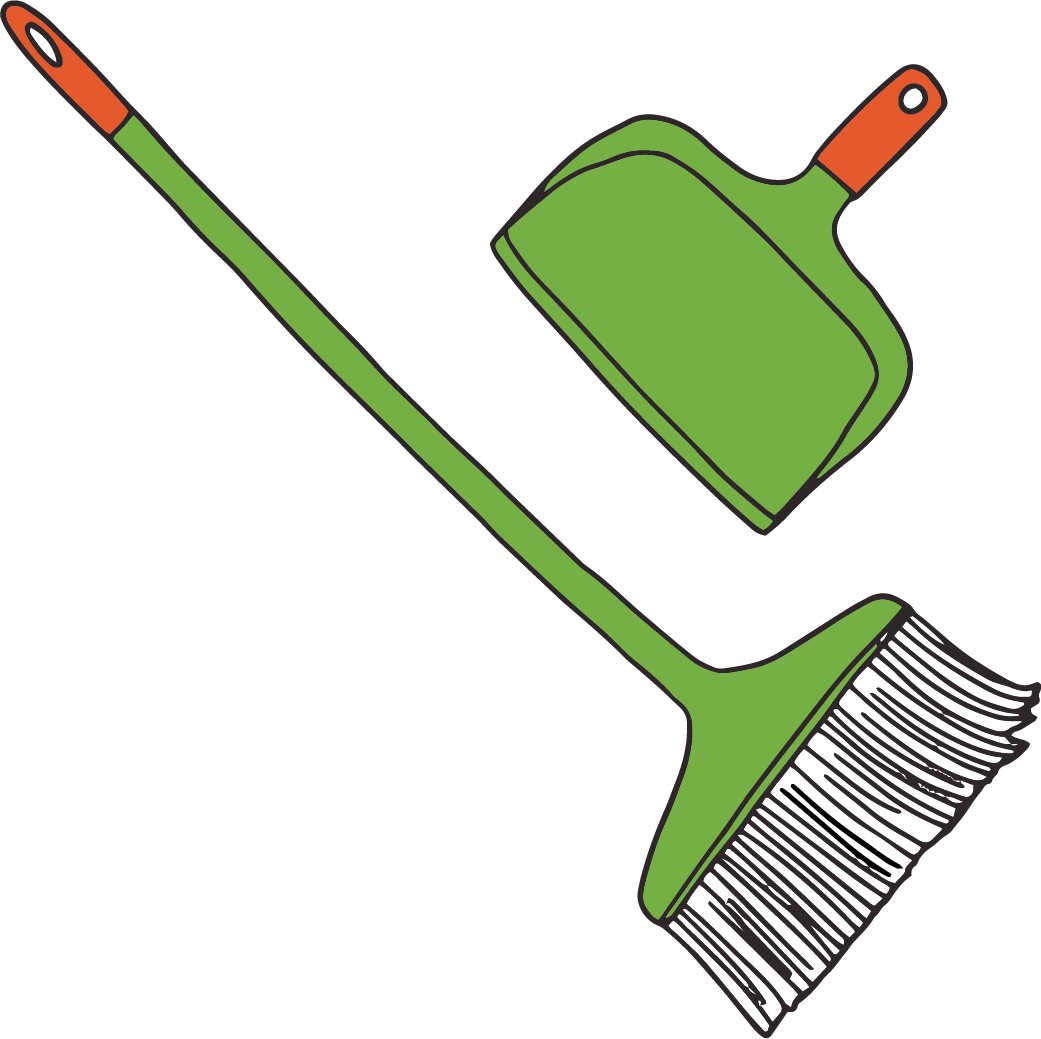
Handling Housework
Create a chore chart to help your child visually see the tasks they need to complete.
- Use wait time. After you’ve provided an instruction, allow several seconds to pass in silence to give your child time to process the information.
- Use visual cues to reinforce directions when possible.
- Provide positive reinforcement along the way.
Social Support
For children of all ages, role-playing common social situations, such as spending time at a new friend’s house or having a large family dinner, can help them understand appropriate behaviors in those settings.
Watch scenes on TV or in movies that model positive social behavior and talk about them with your child to help them implement the behaviors in their own lives.
Don’t throw the video game controller away! Multiplayer online games can be a refuge for students who struggle with connecting in-person with their peers. Setting playing time limits and monitoring for online bullying are important to keep your child on track.

Strategies for Coping with Dyslexia at Home from
a Landmark Family
- Use hands-on activities, like building, to illustrate important skills.
- Craft and post visual charts to keep tasks organized.
- Turn problems into games to increase motivation.
- Use multimodal approaches (listen to and read a book at the same time).
- Utilize apps such as Snap & Read or other assistive technology not to bypass skill development but to enhance workflow.
- Identify tools that might supplement your child’s remediation, such as audiobooks on LBLD-focused apps like Learning Ally.
- Create a “distraction-free” homework space.
- Cultivate strengths, such as athletics or the arts.
- Work with your student to develop a strong sense of self-awareness.
Learn more about how the Welles family manages life at home with dyslexia.

Dyslexia Guidebook
Download the Dyslexia Guidebook or view it as a digital flip book.
Purchase Printed Copies
Want printed copies of the Dyslexia Guidebook? You can purchase sets of 25 through Landmark Outreach.
Posted in the category Learning Disabilities.








.jpg?v=1652115432307)









